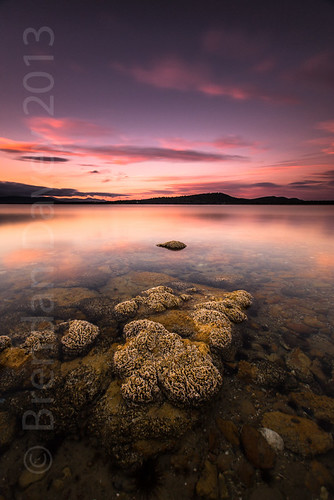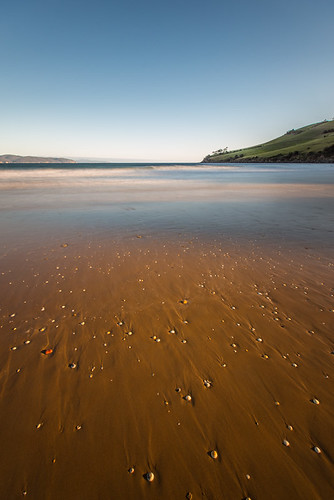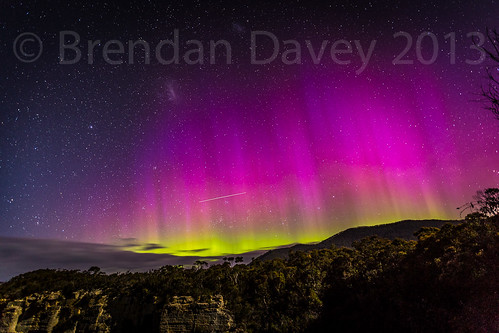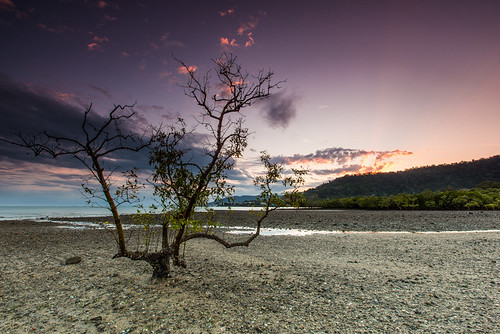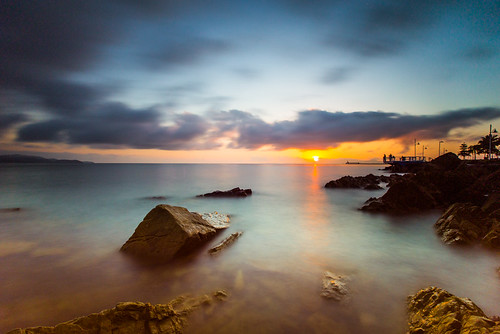Recently I read a few reviews that indicated that the FOTGA ND 8 Stop was a good fader or variable ND filter, and should be considered for landscape work. Most information I read gave it favorable reviews with the only draw back being the typical black “cross” you get when using it to the extreme.
So here are the results from my testing:
Camera: Canon 6D with Canon 16-35mm f2.8 II + FOTGA Slim Wide Band Fader ND (W) 82mm.
Settings: Manual Focus, Av Mode, f5.6, 100 ISO.
The filter was tested at 16mm, 24mm and 35mm, with the filter set at Min, 1/4, 1/2 and 3/4.
It should be noted that the marks on the fader mean nothing, so I have also indicated the strength based on the camera shutter speed equating them to the closest f-stop(s) of light reduction when compared to no filter.
Post processing: All of the images were imported into light room 4.6, and had lens correction applied to ensure that the standard lens vignetting was removed. For the purposes of the test I was not concerned with sharpness or color balance.
Results & Conclusion:
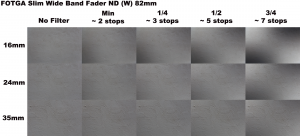
I think the results speak for itself, for me with a full frame camera (6D) and a good wide lens, suitable for landscapes the results were terrible, bad copy? fake cheap knockoff? maybe, but I doubt it. In my option this filter is only useful on the min setting or 2 stops, beyond that significant vignetting is introduced. It may work better at focal lengths beyond 35mm, and when I get a step up ring I will trial it on longer focal lengths.
Bottom line this filter is not suitable for landscapes.

